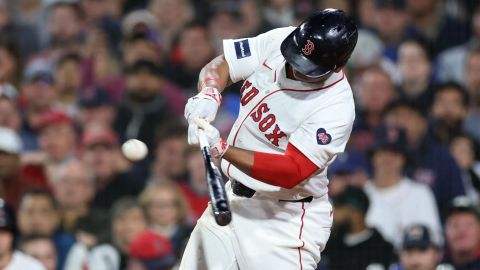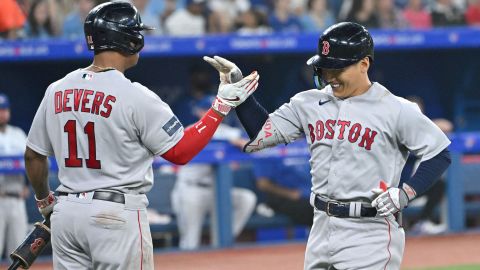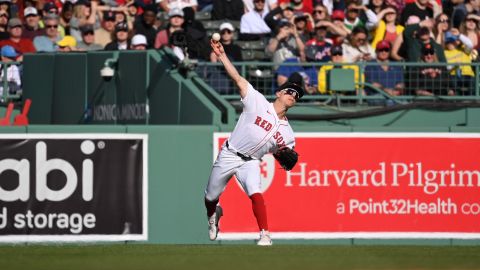Red Sox manager Terry Francona did not hold back when sharing his thoughts on the Metrodome, the Minnesota Twins home for 28 seasons.
"I think it stinks," Francona said after he was asked the question during Boston’s final visit to the dome last season. "Balls hitting the roof, the speakers, it’s awful."
Based on that comment, Francona likely will be pleased when he steps into Target Field for the April 12 opener of the Twins’ new stadium. No roofs, no speakers, no baggie in right field. Just Boston and Minnesota in front of a packed house.
That does not mean the Red Sox can just stroll in and play a ballgame. Whenever entering a park for the first time, it is important to analyze the dimensions and conditions – from how the wind plays to the length of the grass to the speed of the infield dirt – before the first pitch. With new ballparks popping up all over the game for the past two decades, it’s become a time-tested routine.
The coaches often take the first look and give the players a quick briefing. Then, those who need to deal with the conditions face-to-face give it a trial run. While many fields might look alike, they’re not.
In preparation for such a debut, it is important to leave no stone unturned.
"When you’ve never played in a stadium before, as a hitter you want to check the background, try to get used to it," said Red Sox infielder/outfielder Bill Hall. "Obviously as a defensive player, if you’re an infielder, you want to get used to the dirt and how it comes off the dirt. Does the ball give backspin or topspin, things like that."
The ability to stay nimble under any condition is part of the makeup of all great athletes. In fact, you could say managing the inconsistency of the sport is consistently worked on throughout the season.
"Major league players are gifted with tremendous hand-eye coordination, and they work hard to improve it," said Dr. Arun Ramappa, chief of sports medicine at Beth Israel Deaconess Medical Center. "Part of preparation includes knowing how your playing environment might impact your performance."
Adjusting in a blink of an eye is something newly acquired shortstop Marco Scutaro knows about. Still, he does his best to prepare for every situation. A finely groomed infield with a dirt void of divots and rocks is ideal, but it doesn’t always work out that way.
"First thing I do is when I take a ground ball, I want to see how the dirt is in an infield," Scutaro said. "Is it soft, slow, quick? It’s an advantage to be able to see all that kind of stuff."
It will be somewhat new to the Twins as well, Scutaro said. But until a grounder is hit his way, the onus is on Scutaro to judge the speeds, which seem to vary greatly these days.
"For some reason, I don’t know why, they are different," he said. “Some are faster than others. Some are slower."
Hall had trouble recalling any instances where he was unprepared and it came back to bite him. In fact, the last stadium he stepped into for the first time was St. Louis’ new Busch Stadium, and it seemed to agree with him rather well.
In his first game there back in 2006, Hall went 2-for-4 with a home run, double, two RBIs and three runs scored.
"Yeah, went pretty good," Hall said with a smile.
After what the Red Sox experienced in the Metrodome over the years, that’s the way Francona hopes things go at Target Field. It will just take a bit of preparation.



